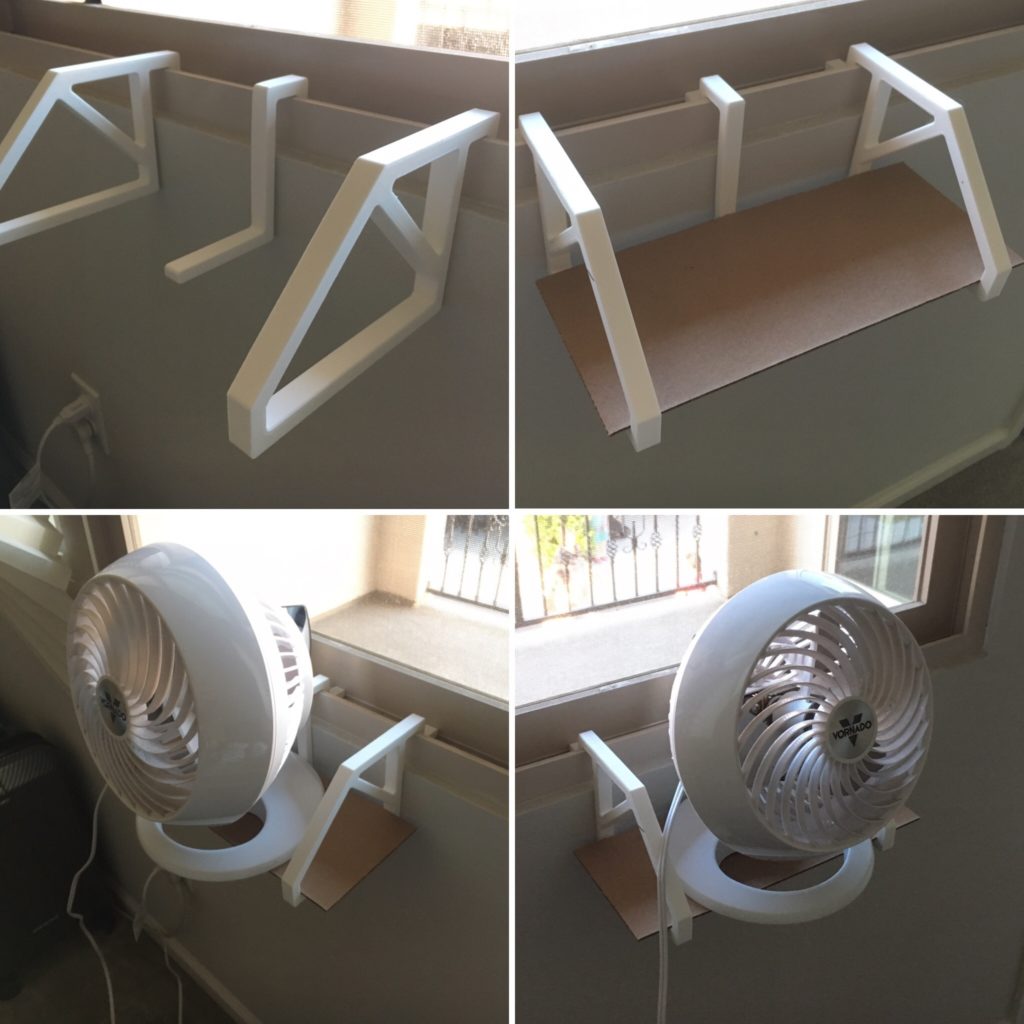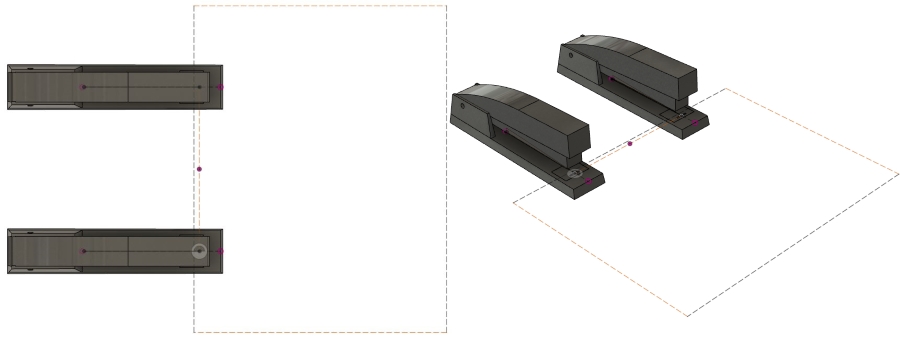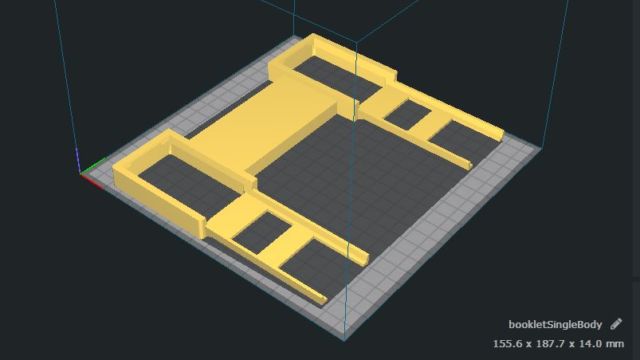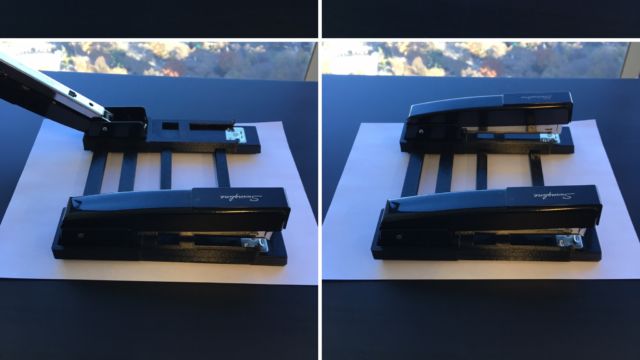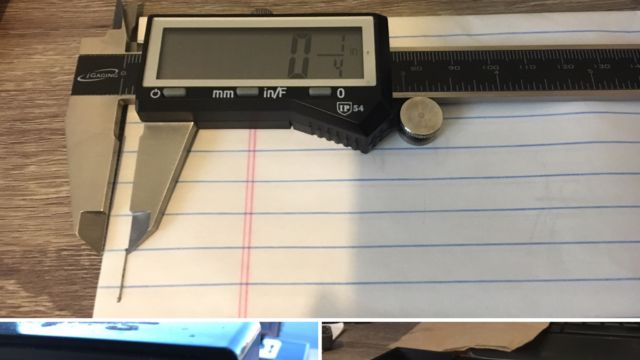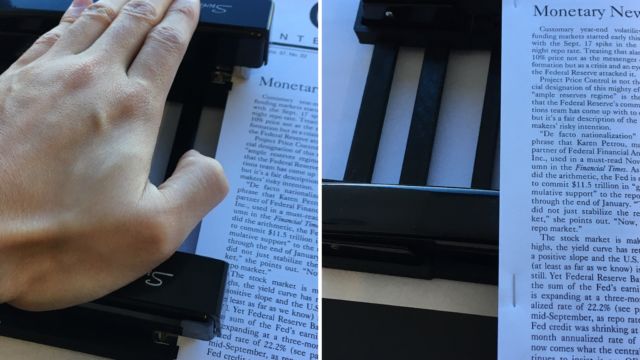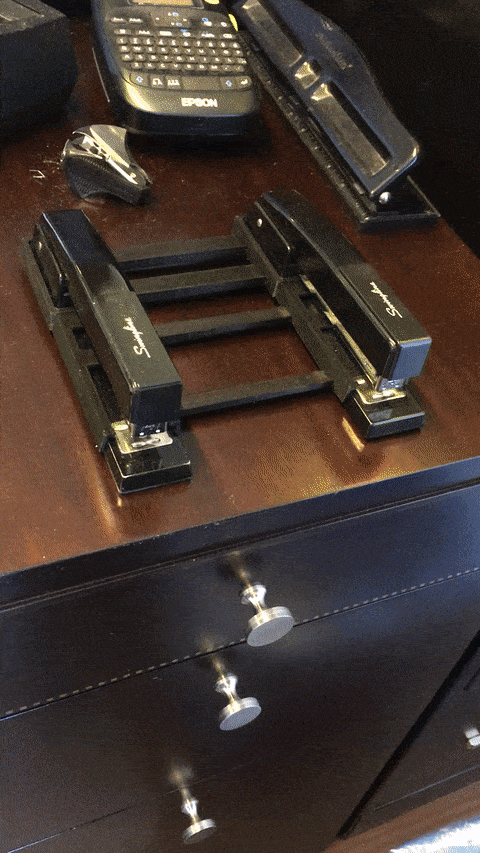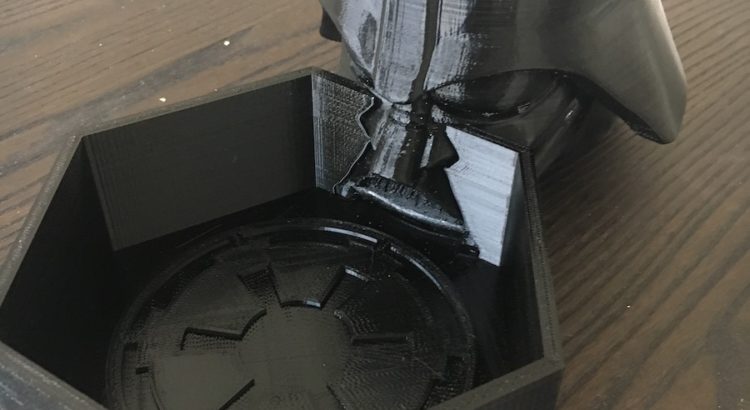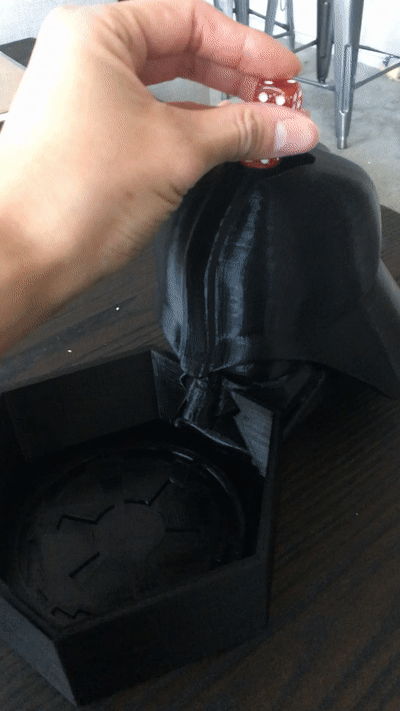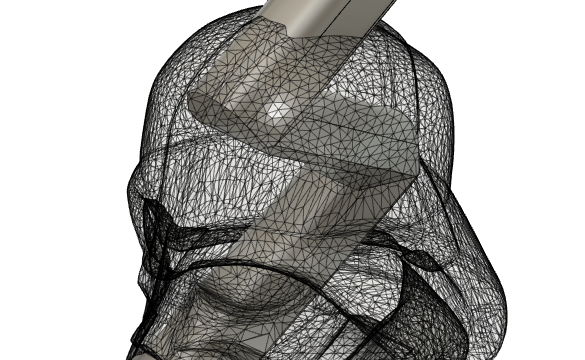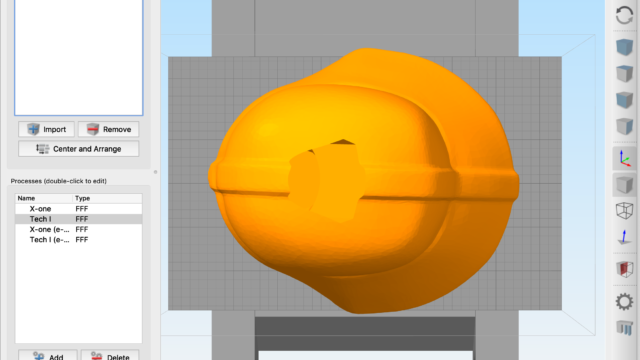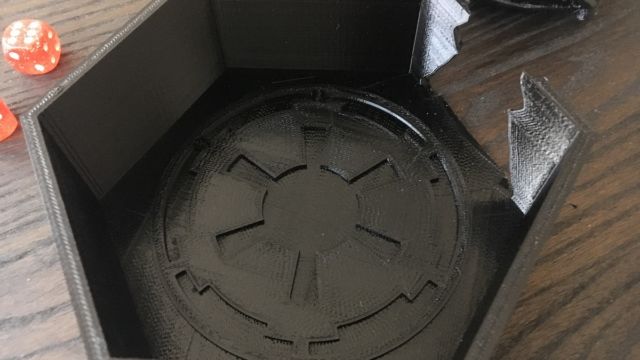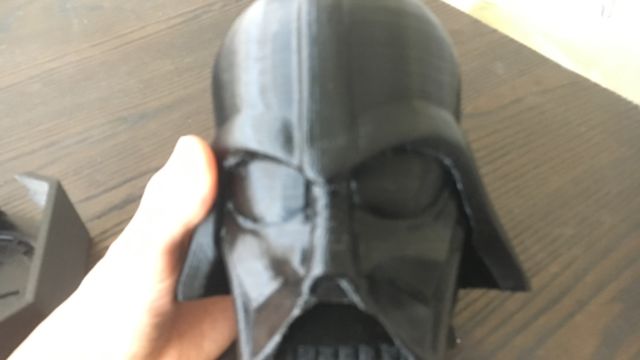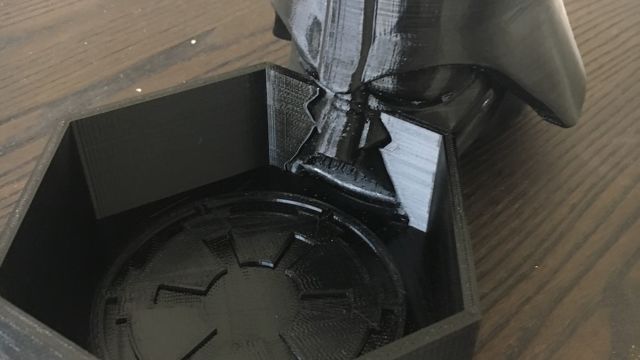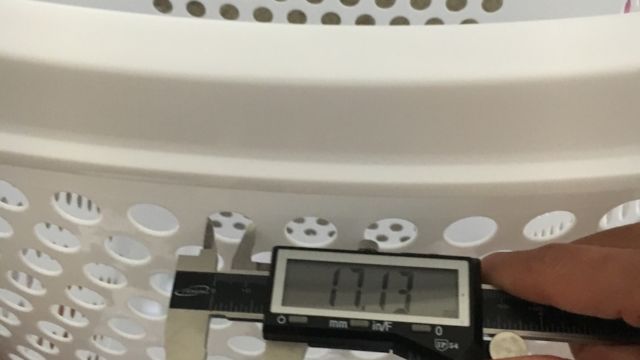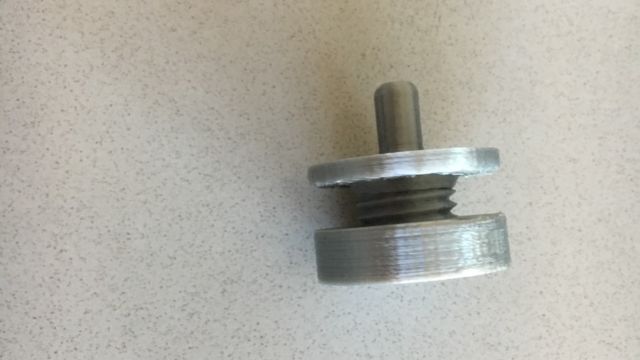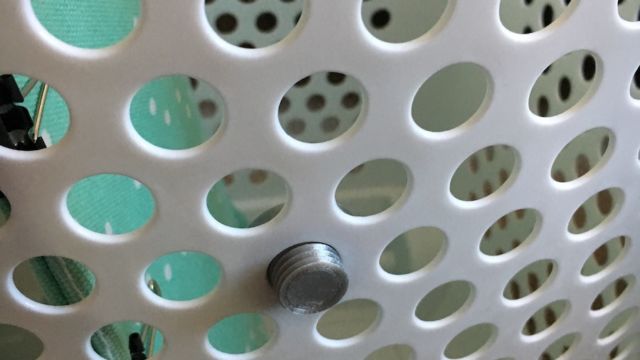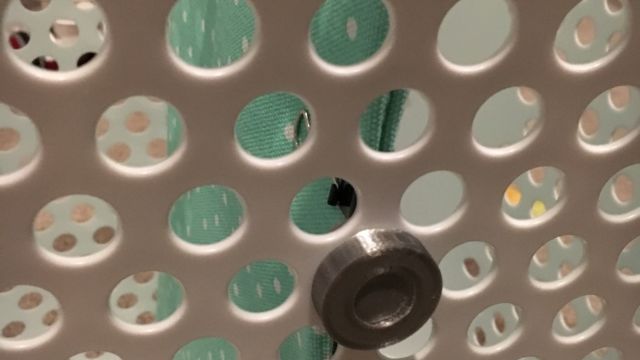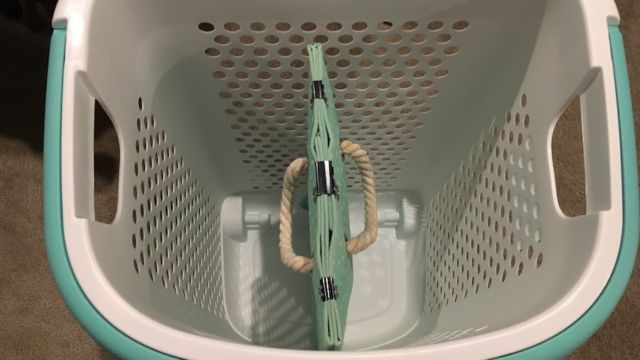TL;DR: A cord lock for Tiff’s hat broke… so I made a replacement shaped like Baymax since I had white material installed in my printer and I was too lazy to change it, haha.
Tiff got a great sun hat from a friend’s beach birthday party last year. I use it almost every day when walking Bailey. I noticed that the cord lock was starting to break, so I decided to make something useful while scratching my maker itch now that the need for PPE has declined.
Since I currently have black TPU (an elastic material not really suited for this application) installed in one printer, white PLA installed in my other, and a severe lazy streak, I needed to design something white and ovoid.
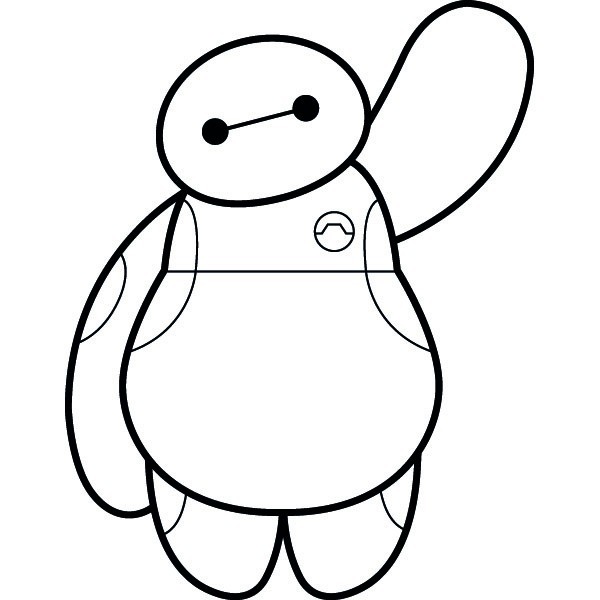
With proper source material in place, knocking out the design was straightforward for me. I decided to use the sculpting tools in Fusion 360. Sculpting is great for quickly making organic shapes that don’t require a lot of exact dimensions. Fusion makes it super easy to combine sculpted forms with parametrically defined features as well. I split Baymax’s body into two parts, one main body and a removable front plate to install the spring and legs.
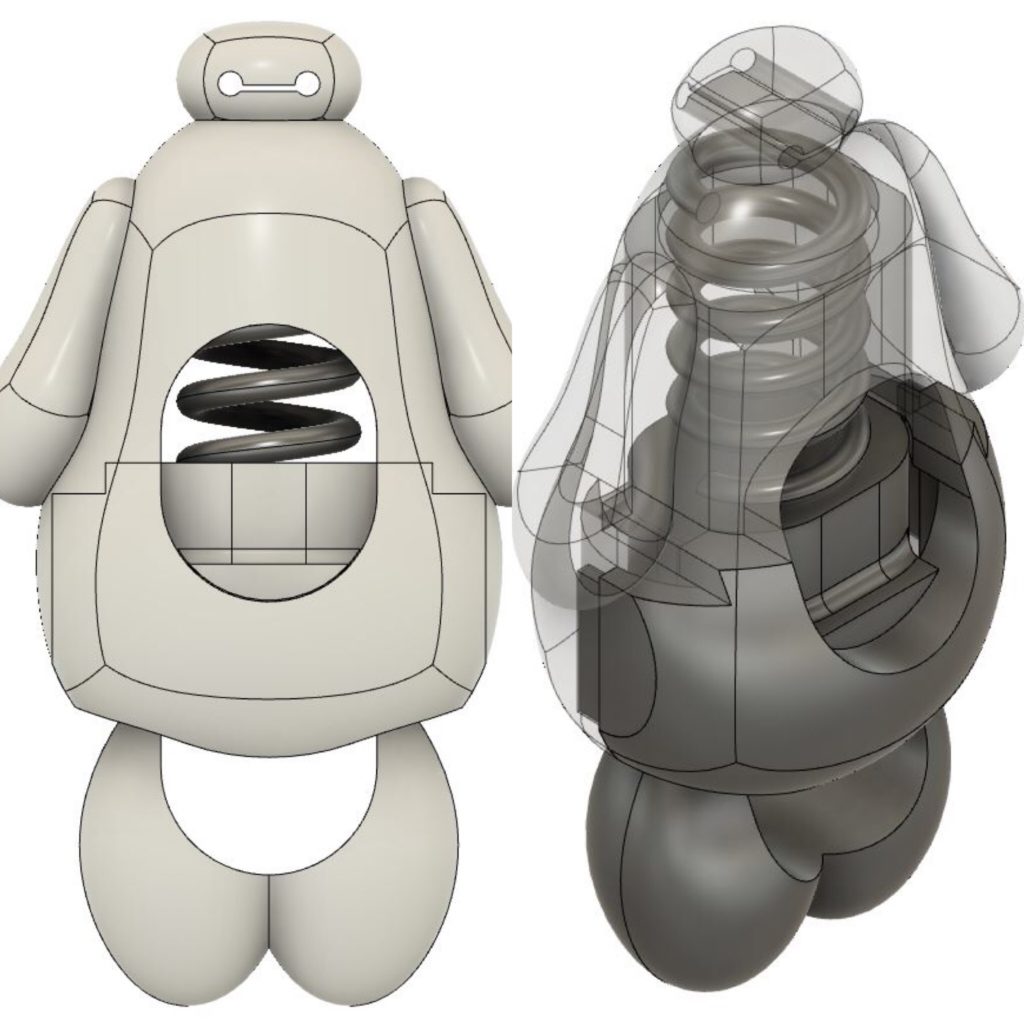
Since the part was very small, I initially had some troubles with Cura deciding some areas (primarily the cut out for feet to retract into the body for cord installation) were so thin that I must not have wanted material there. I solved this problem by reshaping the Baymax body a bit and scaling the parts up by roughly 15%.
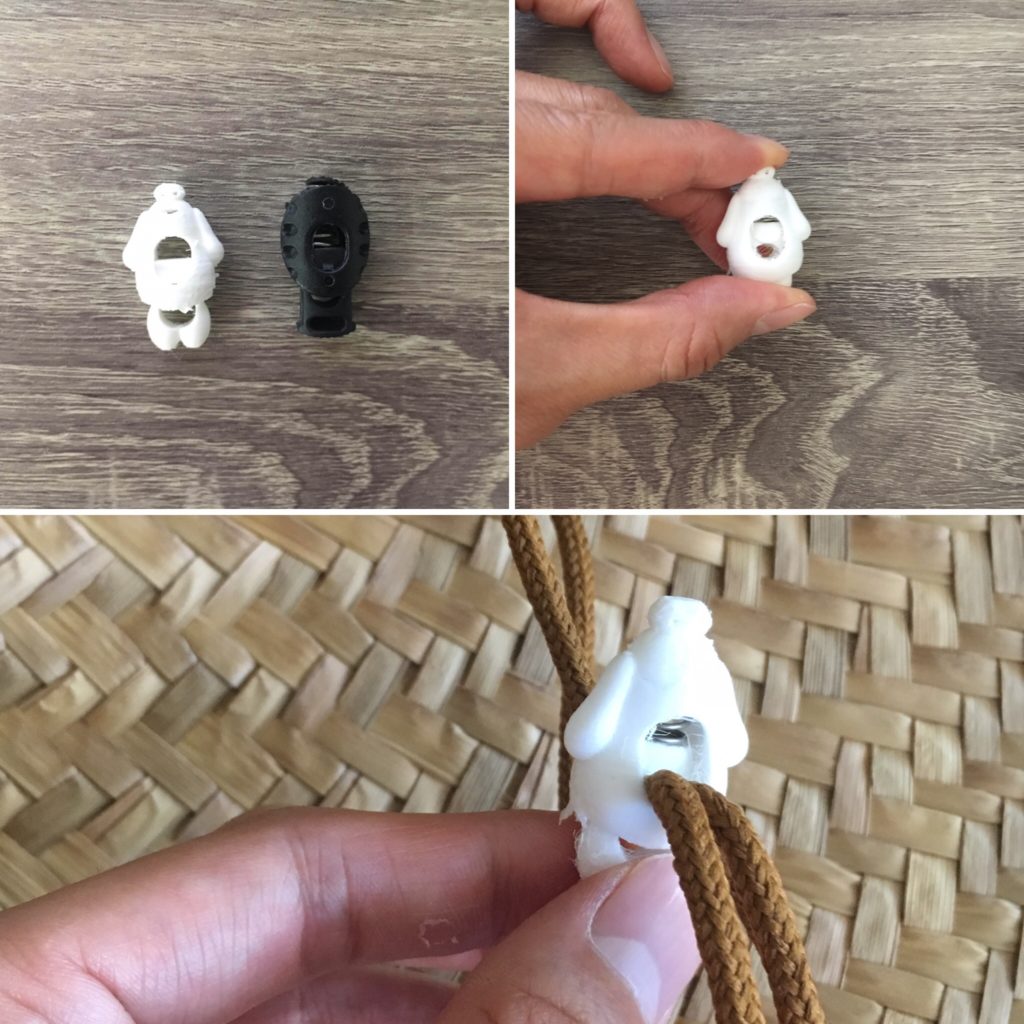
Overall, I’m pretty happy with the results… despite it looking slightly terrifying, IMO… like Baymax lost a fight. Maybe I should have gone with some sort of squid ¯\_(ツ)_/¯.
As always, hope everybody is staying safe and healthy!
UPDATE: 7/25/2020:
Looking at the Baymax cord lock I made last week depressed me because it looks like his body is getting pierced by some sort of tentacled foe. I decided to replace it by designing a Blooper (the squid thing from Mario games), since it is also white, but looks natural with long arms:
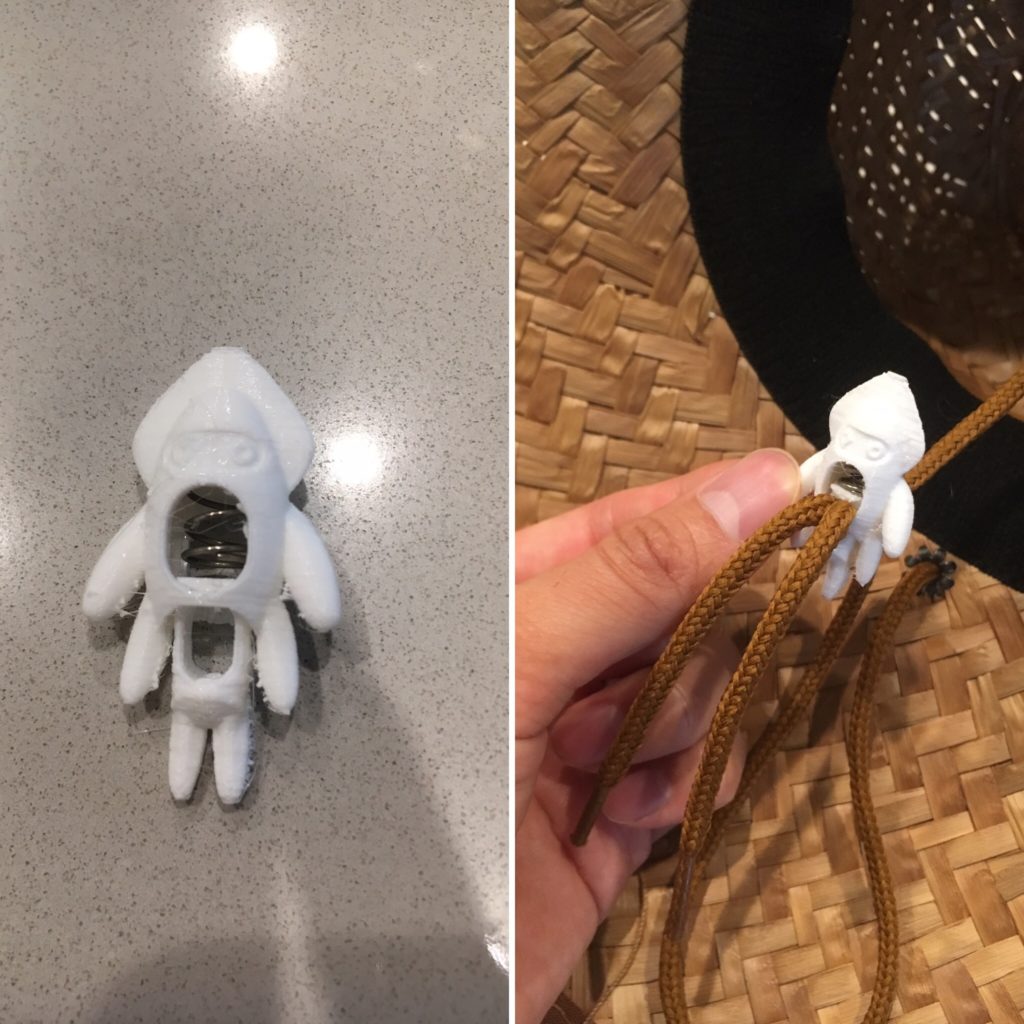
I used all the same tools I used for Baymax to make Blooper, but it was much faster the second time around. While I like this cord lock looks better, but Tiff doesn’t like it because of all the legs, hahaha ¯\_(ツ)_/¯.
